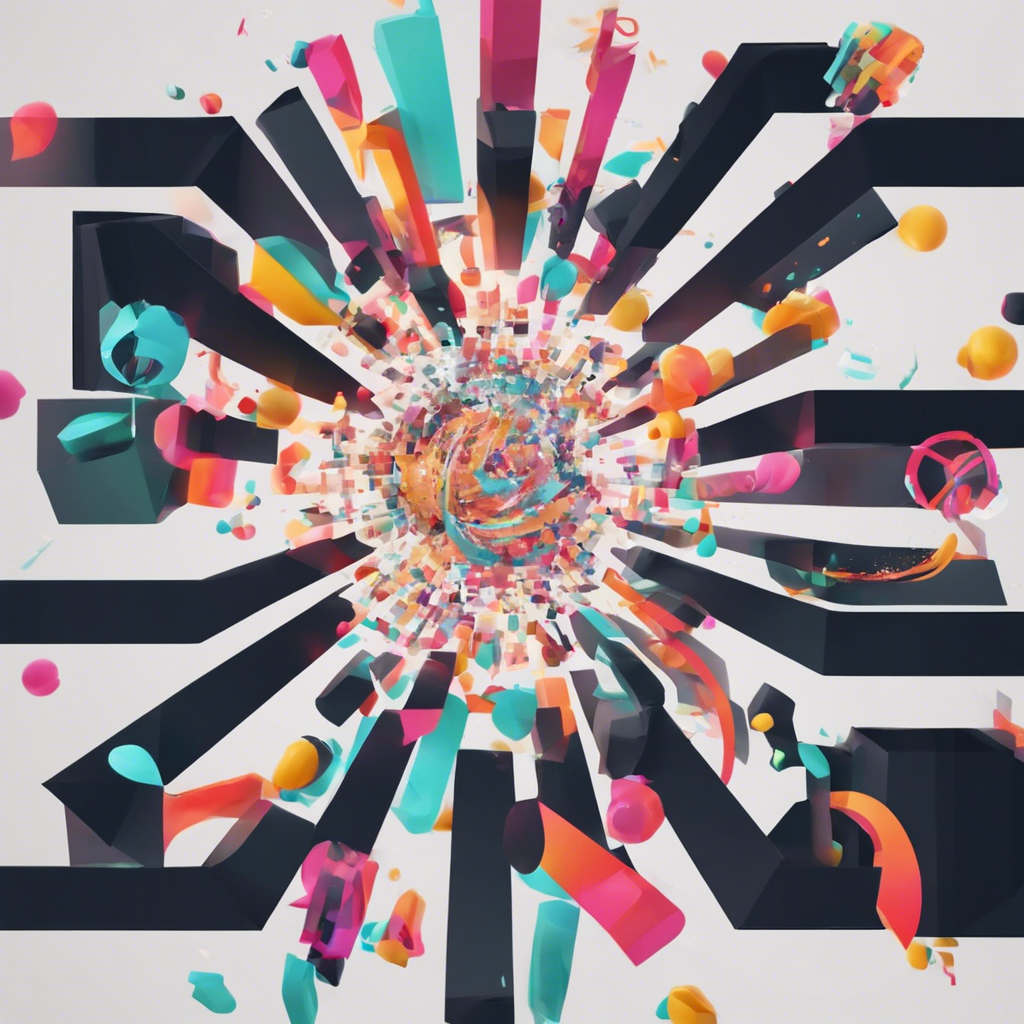Is motion graphics time consuming?
Is Motion Graphics Time-Consuming?
In the world of digital media, motion graphics have become an increasingly popular tool for adding visual interest and engagement to various forms of content. From commercials and explainer videos to social media posts and presentations, the use of motion graphics can elevate the quality and effectiveness of communication. However, one common concern that arises is whether the process of creating motion graphics is time-consuming. In this article, we will explore the factors that influence the time it takes to produce motion graphics and provide insights into how to manage the process efficiently.
Understanding Motion Graphics
Before diving into the time aspect, let's first define what motion graphics are. Motion graphics are essentially graphic design elements that are brought to life through animation. They can include text, shapes, logos, and illustrations that are animated to create a visually engaging experience. Motion graphics are often used to explain concepts, visualize data, or enhance storytelling.
Factors Influencing Production Time
The time it takes to create motion graphics can vary widely depending on several factors:
1. Complexity of the Design
The complexity of the design plays a significant role in determining the time required for creating motion graphics. Simple animations with minimal elements can be produced relatively quickly, while more intricate designs with multiple layers and detailed animations will naturally take longer to complete.
2. Length of the Animation
The duration of the motion graphics also impacts the production time. A short animation of a few seconds will require less time than a longer piece that lasts several minutes. It's important to consider the desired length of the final product when planning the project timeline.
3. Skill Level of the Animator
The experience and expertise of the animator or motion graphics designer are crucial factors. Experienced professionals can often work more efficiently and are adept at optimizing workflows, which can reduce the overall time spent on a project.
4. Availability of Assets
Having readily available assets such as vector graphics, illustrations, or brand elements can speed up the production process. On the other hand, if assets need to be created from scratch, this will add to the total time required.
5. Revisions and Feedback
The number of revisions and the feedback loop with clients or stakeholders can also influence the timeline. Clear communication and well-defined project goals can help minimize revisions and keep the project on track.
Tips for Efficient Motion Graphics Production
To manage the time-consuming nature of motion graphics effectively, consider the following tips:
1. Plan Thoroughly
Before starting the animation process, plan out the storyboard, script, and visual style. A clear plan will serve as a roadmap and help streamline the production process.
2. Use Templates and Presets
Leverage templates and presets whenever possible. Many animation software programs offer built-in templates that can be customized, saving time on creating animations from scratch.
3. Optimize Workflow
Identify and implement workflow optimizations. For instance, using keyboard shortcuts, organizing project files systematically, and using software features that automate repetitive tasks can significantly reduce production time.
4. Outsource When Necessary
If the project is large or requires specialized skills, consider outsourcing parts of the process to other professionals. This can help distribute the workload and speed up completion.
5. Set Realistic Deadlines
When establishing timelines, factor in all aspects of the production, including initial design, animation, revisions, and final rendering. Setting realistic deadlines will help manage expectations and reduce stress.
Conclusion
While motion graphics can be time-consuming to produce, the impact they have on audience engagement and message delivery can be well worth the investment. By understanding the factors that affect production time and implementing strategies to optimize the process, creators can efficiently produce high-quality motion graphics that meet their communication goals. Whether you're a seasoned professional or a newcomer to the field, considering these aspects will help you navigate the challenges and harness the power of motion graphics in your projects.
Discover more from EMD
Subscribe to get the latest posts to your email.
